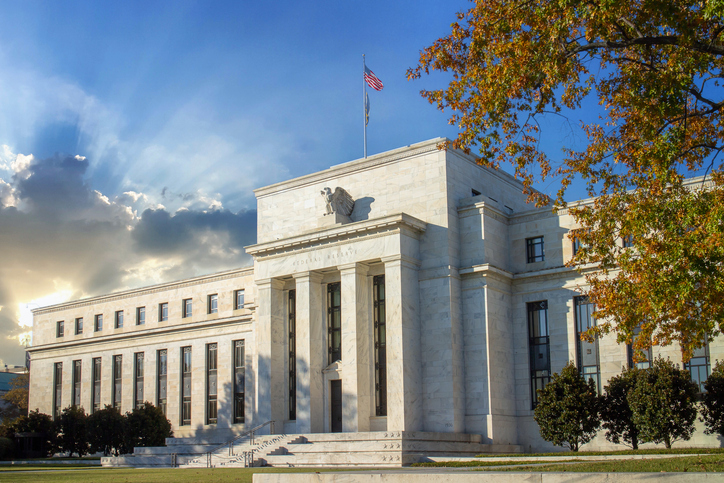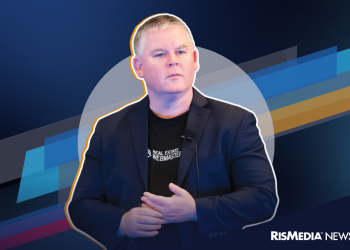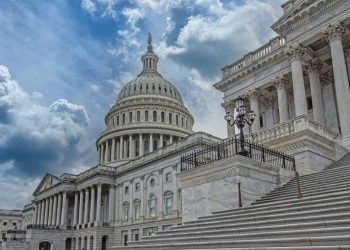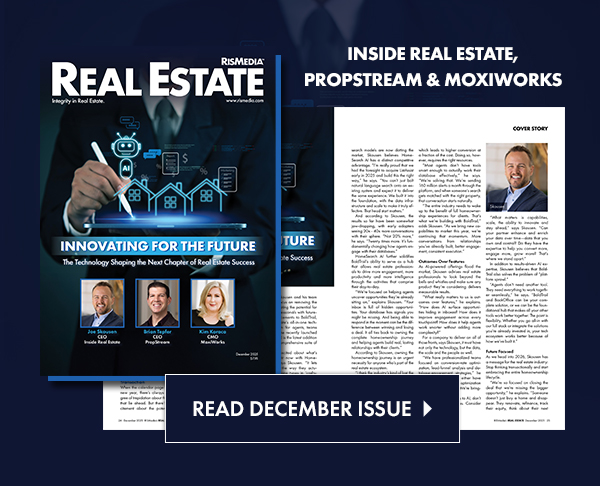Federal Reserve Chair Jerome Powell, speaking on a panel of central bankers Tuesday morning, declined to commit to a timeline for rate cuts and explicitly blamed tariffs for a “freeze” on the Fed’s policy moves as he continues to face political pressure to reduce interest rates.
Speaking at the European Central Bank’s Forum on Central Banking in Portugal, Powell was asked by the panel’s moderator whether a rate cut this month was “on the table.”
“We are going meeting by meeting,” he said. “I wouldn’t take any meeting off the table, or put it directly on the table. It’s going to depend on how the data evolve.”
Facing intense pressure from President Donald Trump’s administration—including repeated insults and direct lobbying from Trump himself—Powell and most other Fed members have so far not budged on their judgment to wait on the effects of tariffs. In his discussion on the panel yesterday, Powell made it clear that it is uncertainty more than expectation that kept the Fed from acting.
Asked directly if the Fed would have already cut rates if not for tariffs, Powell responded “I think that’s right.”
“In effect, we went on hold when we saw the size of the tariffs, and essentially all inflation forecasts for the United States went up materially as a consequence of the tariffs. So we didn’t overreact; in fact we didn’t react at all. We’re simply taking some time.”
Although housing economists have largely agreed that tariffs do pose a risk to economic stability and are likely to be inflationary, so called “hard data” on the economy remains positive. While consumers continue to express concerns, labor markets remain relatively strong, and inflation so far has held essentially flat.
And while mortgage rates that have hovered between 6.75% and 7% have weighed on affordability and sales, the focus on quickly driving interest rates down has been complicated by these other factors, which threaten to shrink demand or exacerbate the affordability crisis.
Powell has almost entirely refused to address Trump’s attacks publicly, and did so again Tuesday, when asked directly if the criticism made his job harder. He received an enthusiastic round of applause after saying his focus was “a hundred percent” on the Fed’s congressional mandate of employment and price stability.
But Powell added that a “solid majority” of Fed members still expect to have rate cuts this year. He emphasized that those decisions are still being driven by data, and specifically labor market data, watching for “signs of weakness” or “gradual cooling,” which have yet to materialize.
Those potential impacts, though, weren’t expected this early, with Powell claiming the Fed still expects some “higher readings” this summer.
Asked by the moderator how historians will look back on 2025, Powell was interrupted by some scattered laughter from the audience of bankers and journalists, seemingly in acknowledgment of his position amidst larger political upheaval in the United States.
“It’s clearly an important year. There’s a lot going on with trade, and I think I’m hopeful that we’ll look back on it as a year that we successfully challenged some significant economic changes. And our job is to make sure that that is the case,” he said.












